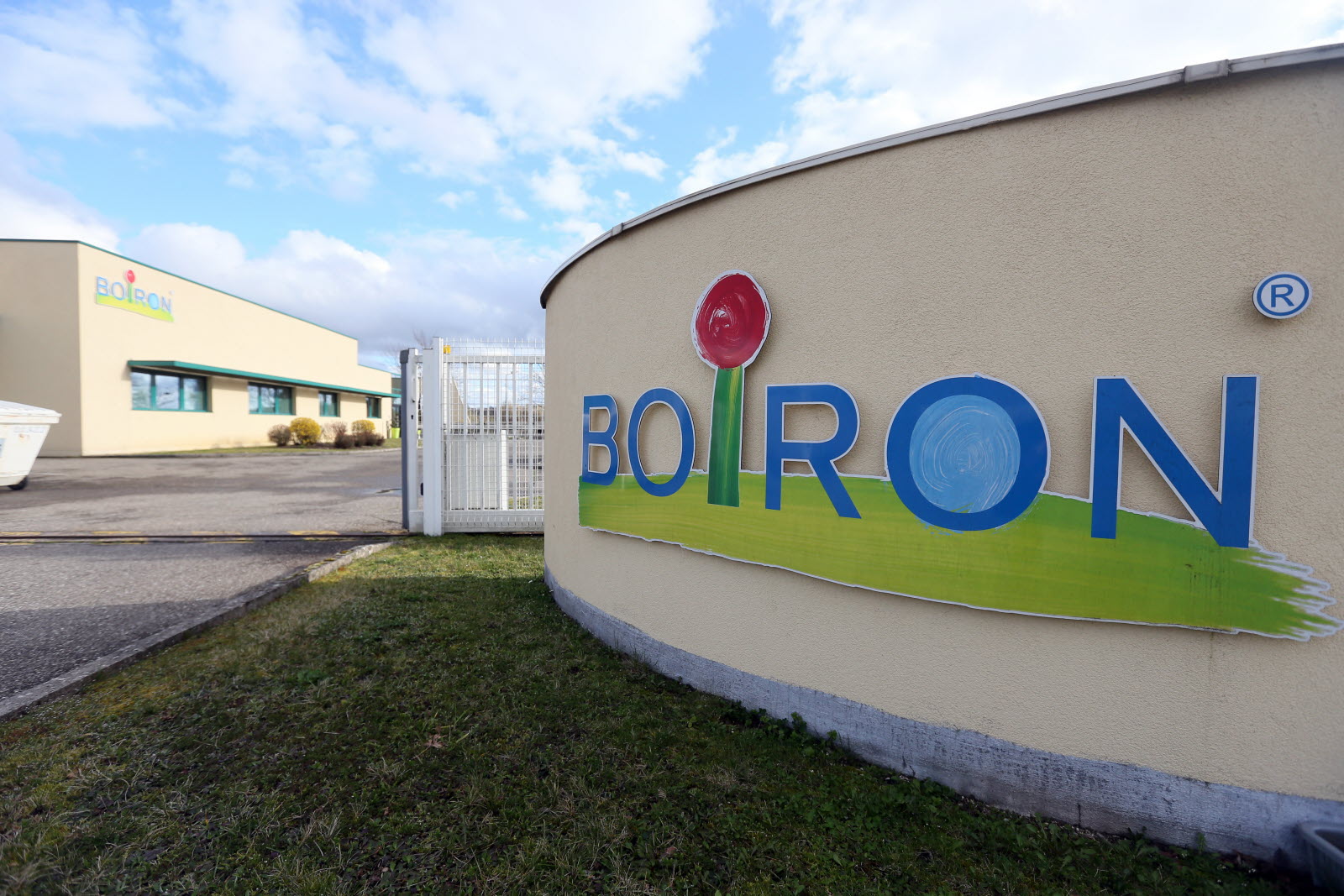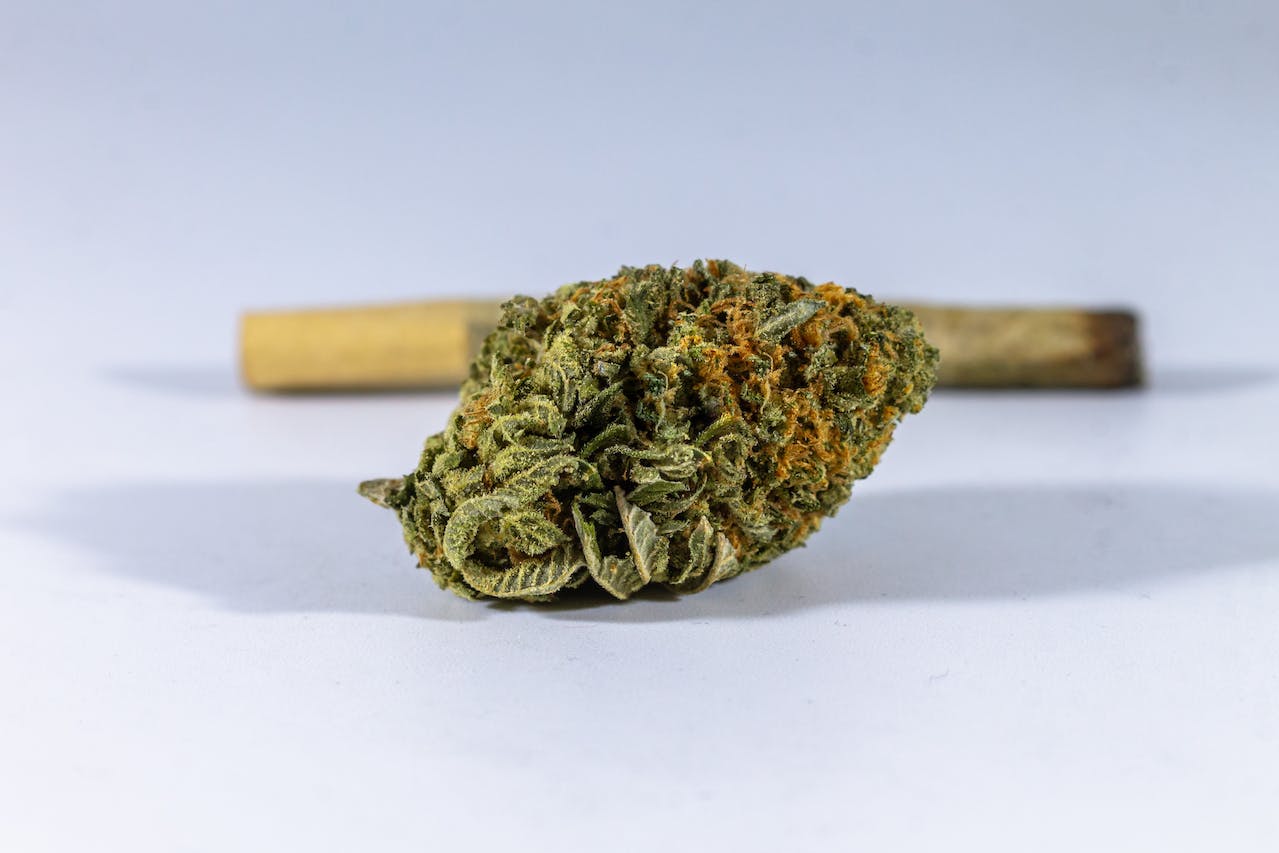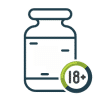What is the endocannabinoid system?
More and more people are turning to CBD. But do your customers really know how cannabidiol works? This molecule, derived from the cannabis plant, is thought to target certain ailments such as stress, anxiety, pain and inflammation. But it's important to understand how this happens. To do so, we need to look at the endocannabinoid system. This is where all the mechanisms come into play, enabling CBD to act on the always unpleasant sensations mentioned above. In the rest of this article, we'll explain in detail what the endocannabinoid system is and how CBD interacts with it to take action.
What is the endocannabinoid system?
When was the endocannabinoid system discovered?
How does the endocannabinoid system work?
What is the relationship between the endocannabinoid system?
Where are CB1 and CB2 receptors found?
THC, CB1 and CB2 receptors and the endocannabinoid system
The CBD Wholesaler: discover our natural CBD products
The endocannabinoid system: our conclusion
What is the endocannabinoid system?
Before delving deeper into how CBD works in concert with the endocannabinoid system (ECS), it's essential to define what the ECS stands for. To be very precise, the endocannabinoid system is located in the central nervous system, in the brain. It is made up of three types of receptor:
- Cannabinoid receptors: CB1 and CB2 cannabinoid receptors are the best-known receptors of the endocannabinoid system. They are found directly in the ECS, but also throughout the body. CBD primarily targets these receptors. Cannabidiol grafts itself onto them. A regulatory action follows. CB1 and CB2 receptors activate, deactivate or regulate the supply of certain hormones, or even guarantee their production.
- Endogenous ligands: endogenous ligands are endocannabinoids (fatty acid derivatives). They are synthesized by the body. They bind to CB1 and CB2 receptors. These receptors thus act indirectly with cannabidiol.
- Metabolic enzymes: these enzymes enable cannabidiol to be synthesized and broken down. In other words, it's these enzymes that work CBD into a form acceptable and accepted by the CB1 and CB2 receptors. Together, they make the most of hemp.
When was the endocannabinoid system discovered?
The endocannabinoid system remains relatively unknown. What it does and how it works are difficult to determine. Nevertheless, research has advanced. The discovery of the ECS goes back to the time when the first scientists tried to determine how cannabis acts on the body.
The aim was to better understand the transition stage between consumption and the supposed benefits. In the end, the scientists explained that the endocannabinoid system acts like a "network".
It is believed to promote CBD degradation, CB1 and CB2 receptor transmission and thus, the supposed benefits of CBD. hemp.
What is the purpose of the endocannabinoid system?
Apart from this "internal network" function, what other functions does the endocannabinoid system have? The ECS, found in all vertebrates, is also the guarantor of our health, especially our mental health.
How does it work? The endocannabinoid system has a direct and very important impact onhomeostasis. This is the name given to the rather delicate balance between mood, stress/anxiety, sleep, (physical) pain and appetite.
This is why CBD is said to have an influence on these sensations, these aches and pains. In fact, cannabidiol enables the endocannabinoid system to balance all these sensations. That's why CBD helps fight stress and fatigue, helps you sleep better or suppresses hunger.
Further analysis is needed, however, to truly understand how CBD and homeostasis work.
How does the endocannabinoid system work?
The cause-and-effect relationship remains to be determined. We now know that CBD acts on the endocannabinoid system, helping to regulate certain sensations. But how does it work, seen from the inside?
CBD's action on the endocannabinoid system is indirect. CBD, on its own, can do nothing. Its supposed effects/benefits are made possible by the CB1 and CB2 receptors present in the endocannabinoid system. This relationship is only the first step.
CBD also prevents the body from synthesizing FAAH (Fatty Acid Amid Hydrolase). FAAH is a protein. Its purpose is to promote the breakdown of endocannabinoids. By counteracting the action of FAAH, CBD enhances and reinforces the action of the endocannabinoid system and its components.
Where are CB1 and CB2 receptors found?
We now need to understand why CBD can act on the heart, lungs and skin. This is made possible by CB1 and CB2 receptors. As we have seen, these are not only found in the endocannabinoid system. On the contrary, they are found just about everywhere.
Extensive studies have demonstrated the presence of these CB1 and CB2 cannabinoid receptors in the lungs, liver and skin. In short, they are found absolutely everywhere, in varying concentrations.
CB1 and CB2 receptors do not target the same goals. CB1 receptors are found more in the brain. We usually say that they are more concerned with sensations linked to stress, anxiety and sleep. CB2 receptors target immune system cells. They are more concerned with pain, unpleasant sensations and so on. This is why, thanks to these pathway-based transmissions, CBD could be useful absolutely everywhere.
THC, CB1 and CB2 receptors and the endocannabinoid system
All cannabinoids - CBD, THC and CBG - target the CB1 and CB2 cannabinoid receptors. They all act on the endocannabinoid system. Here, it's important to remember that THC behaves as a partial agonist of CB1 and CB2 receptors.
Wholesaler CBD : discover our natural CBD products
We offer quality CBD products for wholesale. So, if you're an online or physical retailer and you'd like to offer good quality products for sale, don't hesitate to contact us. You'll find a whole range ofoils CBD, Flowers CBD and other top-quality solutions on our CBD France wholesale store page. Do you have a question? We look forward to hearing from you!
The endocannabinoid system: our conclusion
The endocannabinoid system is at the very heart of CBD's action. Cannabidiol directly targets the associated cannabinoid receptors, CB1 and CB2, which are found everywhere. By adding to these receptors, cannabidiol enables a modulating action at various points. This is why cannabidiol, when working with the endocannabinoid system, helps reduce feelings of stress or anxiety.
In fact, their role as regulators implies a lower production of cortisol and an increase in the production of serotonin (the happiness hormone). This is also how CBD helps reduce pain sensations. Through SEC, it targets anandamide (AEA), whose production increases to reduce unpleasant sensations.










